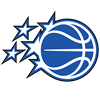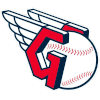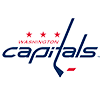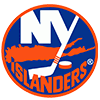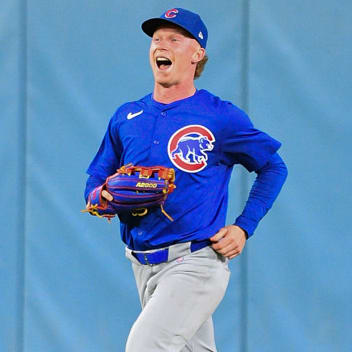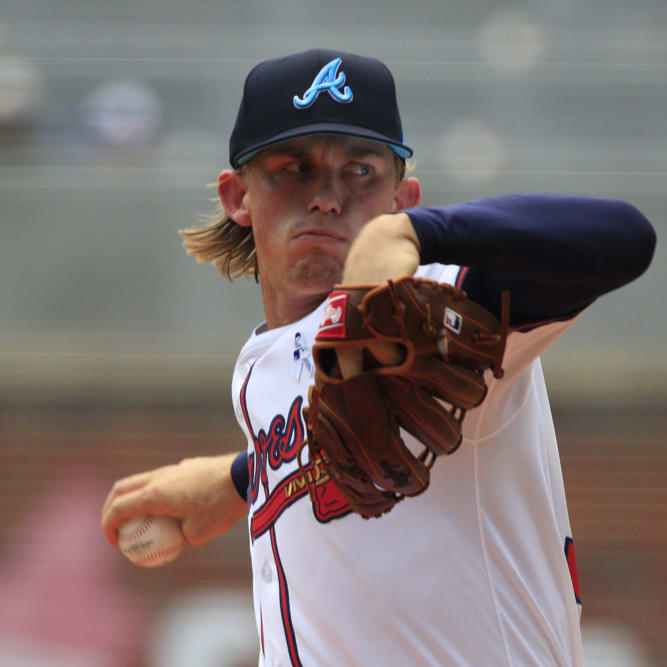If you've been following my NFBC Main Event journey from the beginning, thank you so much reading this series. If you're clicking on this article for the first time as you wind down from a long fantasy baseball season, the table of contents to my first-ever foray into the Main Event is below.
- Chapter 1 - Qualifying for the Main Event, draft prep, draft review
- Chapter 2 - Recap of weeks 1 through 7
- Chapter 3 - Recap of weeks 8 through 13
- Chapter 4 - Recap of weeks 14 through 20
- Chapter 5 - Recap of weeks 21 through 27
This sixth and final installment will summarize my lessons learned and parting thoughts.
First, let's review the 80th percentile statistics for the 2022 Main Event, as we often use these as targets for next season's drafts of the same format. I also included the average stats from the 47 Main Event league winners to give you an idea of how close those winners were to the 80th percentile "targets."
Personally, my weakest categories were on the hitting side, as I fell behind pace early in the season in home runs, RBI and stolen bases and was never able to recover. Poor hitting tends to be an annual trend for me and will by my primary focus this offseason.
80th Percentile Hitting Statistics - 2022 NFBC Main Event | |||||
|---|---|---|---|---|---|
BA | R | HR | RBI | SB | |
| 80th % | .2559 | 993 | 273 | 968 | 129 |
| My Stats | .2548 | 997 | 212 | 891 | 105 |
| 47 ME League Winners - Category Averages | .2557 | 1,023 | 279 | 993 | 125 |
Now let's review how 2022 80th percentile stats measure up against 2021:
Category | 2022 | 2021 | + / - |
|---|---|---|---|
BA | .2559 | .2612 | down .0053 |
R | 993 | 1,083 | down 90 R |
HR | 273 | 317 | down 44 HR |
RBI | 968 | 1,041 | down 73 RBI |
SB | 129 | 121 | up 8 SB |
On the other hand, my pitching was the strength of my 'Fever Dream' squad, with late-round gems like Eric Lauer and Miles Mikolas and impactful free-agent pickups like Ryan Helsley and Nick Lodolo. You'll notice I was right in line with all of the Main Event 80th percentile pitching stats.
80th Percentile Pitching Statistics - 2022 NFBC Main Event | |||||
|---|---|---|---|---|---|
ERA | WHIP | W | SV | K | |
| 80th % | 3.382 | 1.143 | 91 | 67 | 1,347 |
| My Stats | 3.382 | 1.121 | 90 | 65 | 1,330 |
| 47 ME League Winners - Category Averages | 3.306 | 1.131 | 92 | 62 | 1,328 |
Here is the same comparison to 2021 for the pitching stats. As you might expect based on the hitting trends, pitching was much better in 2022.
Category | 2022 | 2021 | +/- |
|---|---|---|---|
ERA | 3.382 | 3.649 | 0.267 better |
WHIP | 1.143 | 1.165 | 0.022 better |
W | 91 | 89 | up 2 W |
SV | 67 | 70 | down 3 SV |
K | 1,347 | 1,389 | down 42 K |
So how did I ensure I was keeping pace with these category targets? Like many of you, I implemented weekly category tracking to review how my statistics aligned to the updated 80th percentile stats each week. This informed how I approached FAAB and lineup decisions.
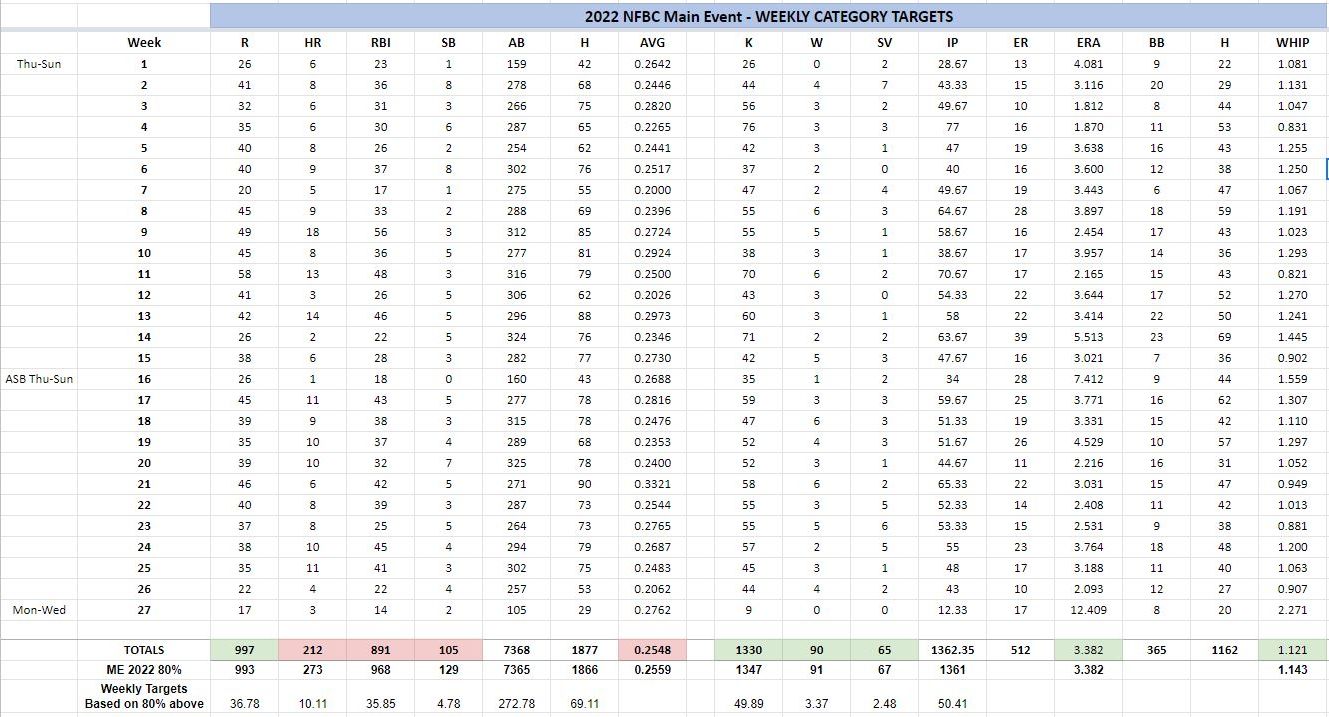
Every Monday morning, I manually entered my weekly statistics from the scoring period that just ended into my category tracking spreadsheet. I have formulas that tell me what my weekly targets should be, and I'll highlight the cells green if I out-performed that target for that category or red if I under-performed the target. Pretty simple. I thought this would be a more demanding exercise than it was, but it doesn't require much time or effort. Special thanks to NFBC Hall of Famer, John Pausma, for sharing this practice on Rob DiPietro's Pull Hitter podcast.
Tracking categories closely really helped me maintain a consistent standing within the overall competition. In fact, I never fell below 257nd (out of 705 teams) in the overall standings all season. I finished 132nd, an 81st-percentile result in the Main Event overall standings.

Lessons Learned
In order to get better at anything that we invest significant time into, we must learn from past experiences. I learned many (sometimes very humbling) lessons competing in the Main Event this past season. I've shared them all throughout this series, but I thought revisiting my lessons learned in summary would be a nice reference point.
Lesson #1 - Don't drop a high-upside catcher who is going to be out for a few weeks due to injury for a replacement that will hurt your team offensively more than they'll help you.
I learned this lesson the hard way after Danny Jansen went on the injured list for the second time in 2022. Rather than be patient with his injury like I was the first time he went on the IL and hold out for his elite power skills, I dropped Jansen for Omar Narvaez, who crushed my team with a .154 batting average until I ended up replacing him with Austin Nola. Nola was much better as my second catcher behind J.T. Realmuto, but Jansen hit .270 with eight home runs and 31 RBI upon returning from injury, while Narvaez and Nola combined to hit .227 with three homers and 21 RBI for my squad. In a 15-team league, there just isn't much available through FAAB at the catcher position.
Lesson #2 - Be more on top of Tuesday lineup locks.
Much of our lineup-setting activity takes place on Monday, but throughout the season, I struggled to get in the habit of re-checking my lineups prior to the games that locked on Tuesday. One particular instance where this cost me was when I was awaiting news on Lou Trivino's COVID status. I also had Dany Jimenez rostered, but didn't swap him in for Michael Fulmer, who I plugged into my starting lineup as a placeholder until more news broke on the A's relievers. In this instance, Jimenez tallied a couple of saves on my bench. I'd end up leaving nine saves on my bench over the course of the season, which would have been a difference of three points in my league standings.
Lesson #3 - Make sure I have adequate roster flexibility for any last-minute injuries that occur.
In the NFBC, you can adjust your hitting lineups on Fridays. If you don't have backup coverage for a particular position and your starter gets hurt early in the week, you're stuck with a zero in your lineup. Which leads me to my next lesson learned...
Lesson #4 - Every at-bat matters!
Heading into the final scoring period of the season, several offensive categories in my league were extremely tight. With a half-point gap between second and third place going into that scoring period, having the flexibility on offense was extremely useful, especially when a handful of my players weren't in their team's respective lineups for the start of that scoring period.
One instance where you can deviate a bit from this lesson comes from #1, but maximizing at-bats can increase your chances of being competitive in the overall standing. Steve Weimer, Ben Tidd and Stephen Jupinka were among the Main Event leaders in total at-bats and all three finished in the top-five overall.
Lesson #5 - Don't overthink the matchups.
One instance of this that haunts me is when I benched Justin Turner over the weekend in favor of Emmanuel Rivera. Turner is the far superior player, but Rivera was set for a series at Coors Field. I elected to start the latter, but Turner went on to hit two home runs with five RBI that weekend while sitting on my bench.
Now it's time to review some important lessons with respect to FAAB.
Lesson #6 - Don't spend $30-plus FAAB dollars for a hitting streamer who is on the short side of a platoon.
Michael Chavis was one of these streamers for me, and likely many of you, against left-handed pitching. I remember one week early in the season where the Pirates were set to match up with four or more southpaws. I simply spent way too much to acquire Chavis' services, who went hitless for 'Fever Dream' during the time I actually started him. I dropped Chavis a week later, which meant $30-plus FAAB dollars was simply flushed down the toilet.
Which leads me to:
Lesson #7 - Always save FAAB dollars for the final scoring period, especially if that period is only going to be a partial week.
I did not leave myself with any FAAB for the two final scoring periods of 2022. There were SEVEN categories in my league that were extremely tight during those weeks, and not having FAAB really could have impacted where I finished in the league. Thankfully, I still finished second, but I could have easily been third or even out of the money. For the final scoring period, I had SIX dead roster spots that I could have churned for roster flexibility and additional stats.
Lesson #8 - When comprising lengthy FAAB waterfalls — which is required in very active Main Event leagues with 30-plus FAAB transactions per week — put a bit more time and research into your conditional bids, particularly the order in which you list each player.
I can think of two instances where I hastily created FAAB lists and did not put in enough time and research into my bids. In week 8, Tyrone Taylor was my primary target ahead of Michael Harris, Oscar Gonzalez and Jon Berti. Then, later in the season, I had Brooks Raley high up in my conditionals. He was the player I ended up acquiring during a week when Tampa Bay was set to embark on a four-game series in Toronto. Raley wound up missing the series on the restricted list due to his vaccination status. Had I put in a few extra minutes of research on the players I was bidding on, I could have avoided this mishap.
Lesson #9 - Don't assume what you perceive to be an over-bid will be enough FAAB to acquire who you perceive to be an under-the-radar target. No one is under the radar in the NFBC Main Event.
Josh Smith of the Texas Rangers is the "under-the-radar" target I'm referencing here, and while he wasn't fantasy-relevant in 2022, I remember how much it stung when I lost out on him in FAAB after I had "over-bid" for his services. The NFBC Main Event is filled with the sharpest fantasy baseball players in the world. I should have remembered that and tempered my FAAB result expectations.
Lesson #10 - Don't ever assume that any lead is comfortable!
With three weeks remaining in the season, I was sitting "comfortably" in second place in my league, with a 7.5-point lead on Vlad Sedler in third place. By the time that week was over, I had fallen a spot in the standings. There's no worse feeling in competitive situations than feeling like you blew it. Fortunately, I was able to recover, but this late-season collapse, however brief, gave me anxiety that I could have easily avoided with a different mindset.
I've been playing fantasy baseball for a long time and was still able to come away with plenty of lessons that I'll be sure to account for in my fantasy baseball leagues next year. As you experience these lessons yourself, jot them down in a notebook or on your phone so you can reference them later on, even if it's years later.
Parting Thoughts
I was fortunate to have a competitive Main Event team from the outset of the 2022 season. Had my team struggled, writing this series of articles would have been difficult and I'm not sure how useful it would have been. One of my primary intentions in writing this series was to help others who are thinking of embarking on their own Main Event journey for the first time. Whether that is you, or whether you're an experienced NFBC veteran, I hope you were able to take something away from my experience.
As for 2023, I'll be back in the Main Event after winning my 15-team, $125 NFBC qualifier. I'm getting married in late March, so a trip to New York or Las Vegas for the live Main Event drafts is probably out of the question, but I already can't wait for the challenge ahead.
If you'd like to share any feedback with me on this series, I'd love to hear from you in the comments, or via Twitter.
Until next season!










